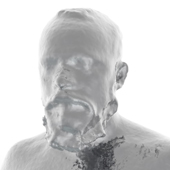The Aesthetic-Usability Effect is an important consideration for web designers in creating effective user experiences. Web design should focus on providing users with an aesthetically pleasing design that is easy to interact with and meaningful to them.
The Aesthetic-Usability Effect is based on the idea that if users find a design to be aesthetically pleasing, they are more likely to interact with it. Aesthetic design is defined as an overall presentation of a website that is pleasing to the user. This includes elements like color, spacing, layout, typography, imagery, and consistency across the entire website. When users navigate a website, they notice the visual aspect of the design before considering the content or functionality.
To create an effective aesthetic design, web designers should consider the entire user experience. This means that the design should be easy to use, provide an indication of the website’s purpose, and create an impression that is aligned with the brand or values of the organization behind it. The goal is to create a design that elicits a positive emotion from the user and makes them want to further explore the website.
Web designers should also consider how the design elements interact with each other, as well as the content being presented. Depending on the content, the overall feel of the design should be appropriate to the message they are conveying. It is also important to understand the factors that can influence user engagement, such as color scheme, font size, interactive elements, and navigation.
By understanding the importance of the Aesthetic-Usability Effect, web designers can create more meaningful user experiences. Taking the time to properly research and implement an aesthetically pleasing design will result in more engaged users who find their experiences enjoyable and satisfying.
